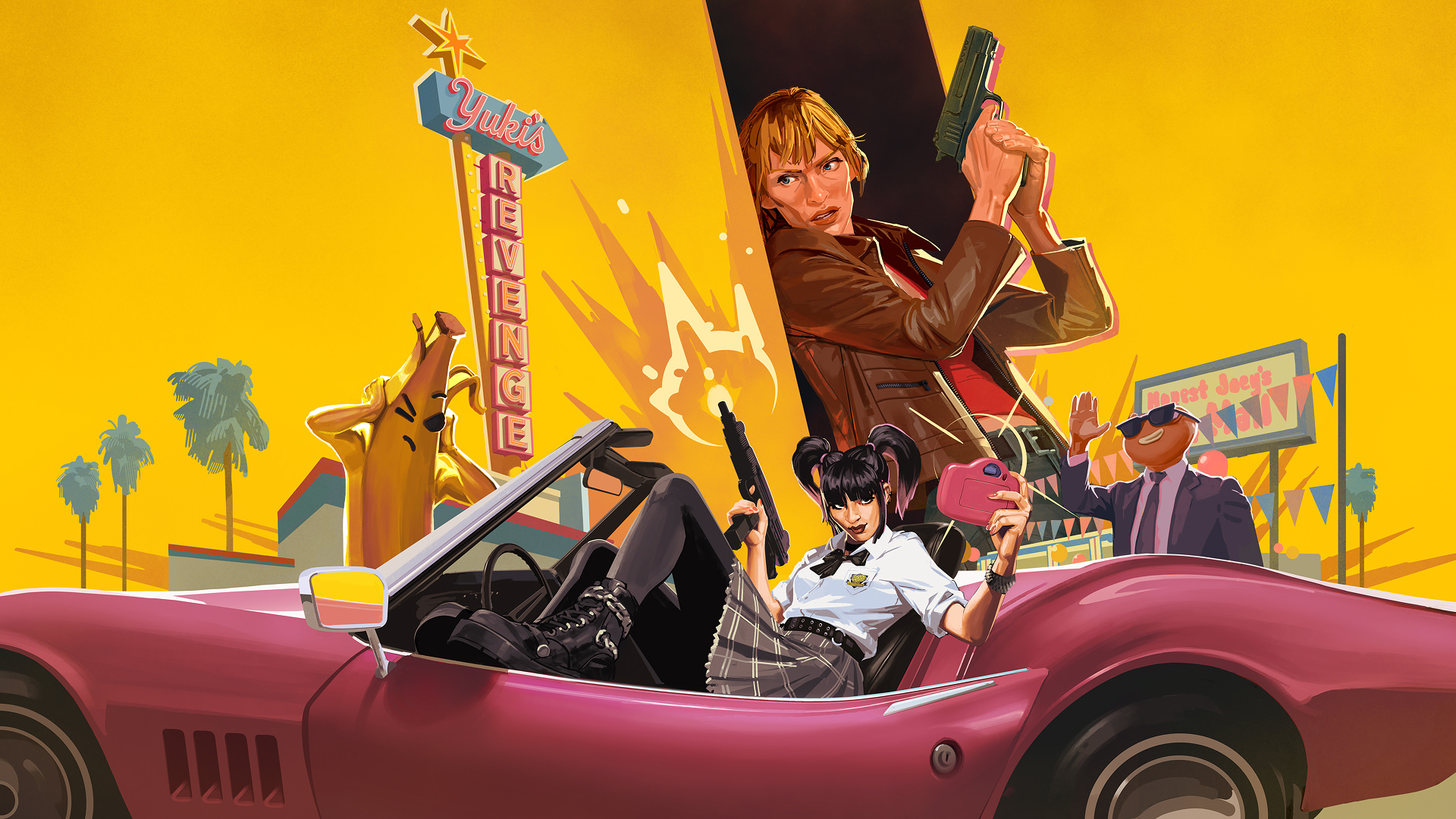9 tips for better side projects
From managing your time to knowing which ideas to run with, follow this advice for side project success.
Side projects are a great way to pick up a new skill, hone your creative talents, and, if you're lucky, make a bit of money. Thanks to online resources, it's now easier than ever to take your skills to the next level, but turning your side project into a success is still incredibly difficult. Although it certainly can be done.
Side projects can also be valuable additions to your portfolio – see our list of inspirational design portfolios to get some ideas – and employers are often to keen to discuss such projects at interview. To help you on the way to side project satisfaction, we asked designers for their expert hints and tips.
01. Break it into smaller chunks

“I think about side projects as these bursts of activity,” says Jessica Hische. “I didn’t think of Daily Drop Cap as a big project: I thought of it as 20 to 40 minutes a day. That was very palatable and easy to figure out how to work into my life.”
02. Do it regularly
“For larger projects, I’ll usually do a day or two at a time,” adds Hische. “So I’ll commit a Thursday or a Friday. It’s amazing what you can accomplish in two consecutive days. If you did that every other week, it’s enough to get through a big part of a larger project.”
03. Believe in your projects

You should give just as much importance to the personal projects as the paying projects, says Paula Sánchez, Hey’s project manager, “but obviously only when the paying part isn’t a pressing concern!” Don’t just start a side project for the sake of it though, she adds: “do it with passion and believe in what you’re doing.”
Personal projects can also help with client work in the end, says Hey's designer Adrià Molins. “Create personal projects that enrich your style and work as a creative exercise that transfers over to the studio.”
04. Turn it into a habit
It’s easier to stick with a side project if you can establish a regular routine, and you’ll find friends and family will be more accommodating if they understand when you’ll be busy working on it. Try to find an hour in the morning or in the evening twice a week, or ban Netflix for a month.
Daily design news, reviews, how-tos and more, as picked by the editors.
05. Don't panic about time

“Everyone’s lives are different; everyone’s routines are different – you just have to find the rhythm that works for you,” says Gavin Strange. “The thing I find most inspiring, though, is the fact that we all have the same 24 hours in a day. It’s up to us how we use them!”
For Hey, the Spanish studio known for its side projects, it's important to realise that there's no such thing as time wasted. “With self-initiated projects, we have time to explore and innovate, and if we come up with something that we like, we can inject it into our commercial projects,” says Hey's founder Verònica Fuerte. “You are never wasting your time when you are taking ideas further and playing with new graphic forms.”
06. Set your own goals
A photo posted by @jamfactory on Jan 4, 2019 at 11:48am PST
“That’s the beauty of side projects – they’re allowed to be sprawling,” adds Strange. “They’re allowed to take years. They’re allowed to be weird. You are your own client; your own boss. You set your own expectations. Just throw caution to the wind and experiment.”
07. Look at your old ideas
If you’re stuck for an idea, in either personal or client work, it might be worth looking back at your sketchbook. “Revisit your doodles, sketches and rejected ideas from other projects,” advises Molins. “Perhaps there’s something in there that can work when taken in a different direction.”
08. Share your work
Put your work out there, says Sánchez. “Share your projects with the enthusiasm and intensity that you made them with.” Don’t be afraid to share your process, too, “even if it’s not very well done,” adds Fuerte. “Perfection is for your website, Instagram is for having fun. It’s more about information not presentation, so just worry more about getting your message out than how it looks. This doesn’t come naturally for designers, which makes it even more interesting!
“Moments are not always perfect,” she continues. “Hardly ever, in fact. So just be honest and show yourself as you really are, not how you think you should be. That honesty has a value and charm that can’t easily be faked.”
09. Don't be afraid to call time
“I don’t feel guilty about not finishing projects,” says Hische. “If I’m just being lazy, I’ll give myself a hard time about it. But if this thing I was super-passionate about two years ago isn’t part of my life any more, then to follow through with it feels disingenuous because I can’t deliver it with passion.”
This article was originally published in Computer Arts, the world's leading design magazine. Subscribe to Computer Arts here.
Related articles:

Julia is editor-in-chief, retail at Future Ltd, where she works in e-commerce across a number of consumer lifestyle brands. A former editor of design website Creative Bloq, she’s also worked on a variety of print titles, and was part of the team that launched consumer tech website TechRadar. She's been writing about art, design and technology for over 15 years.
